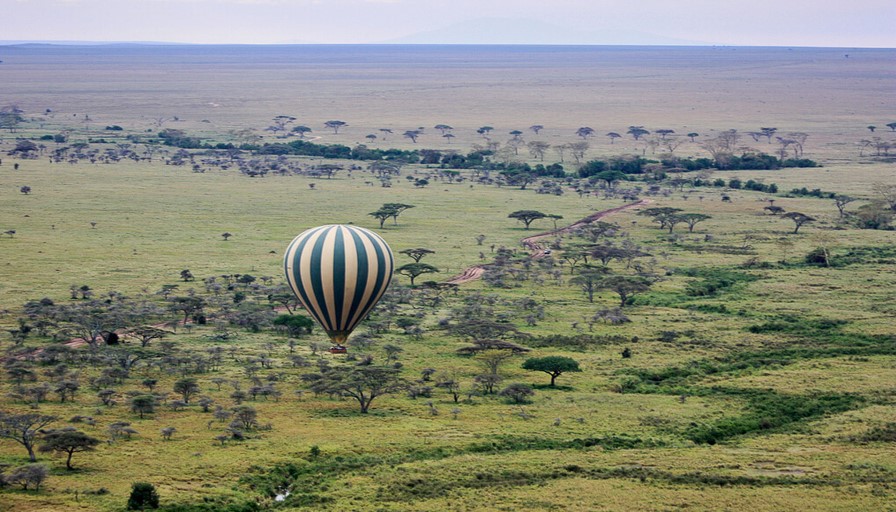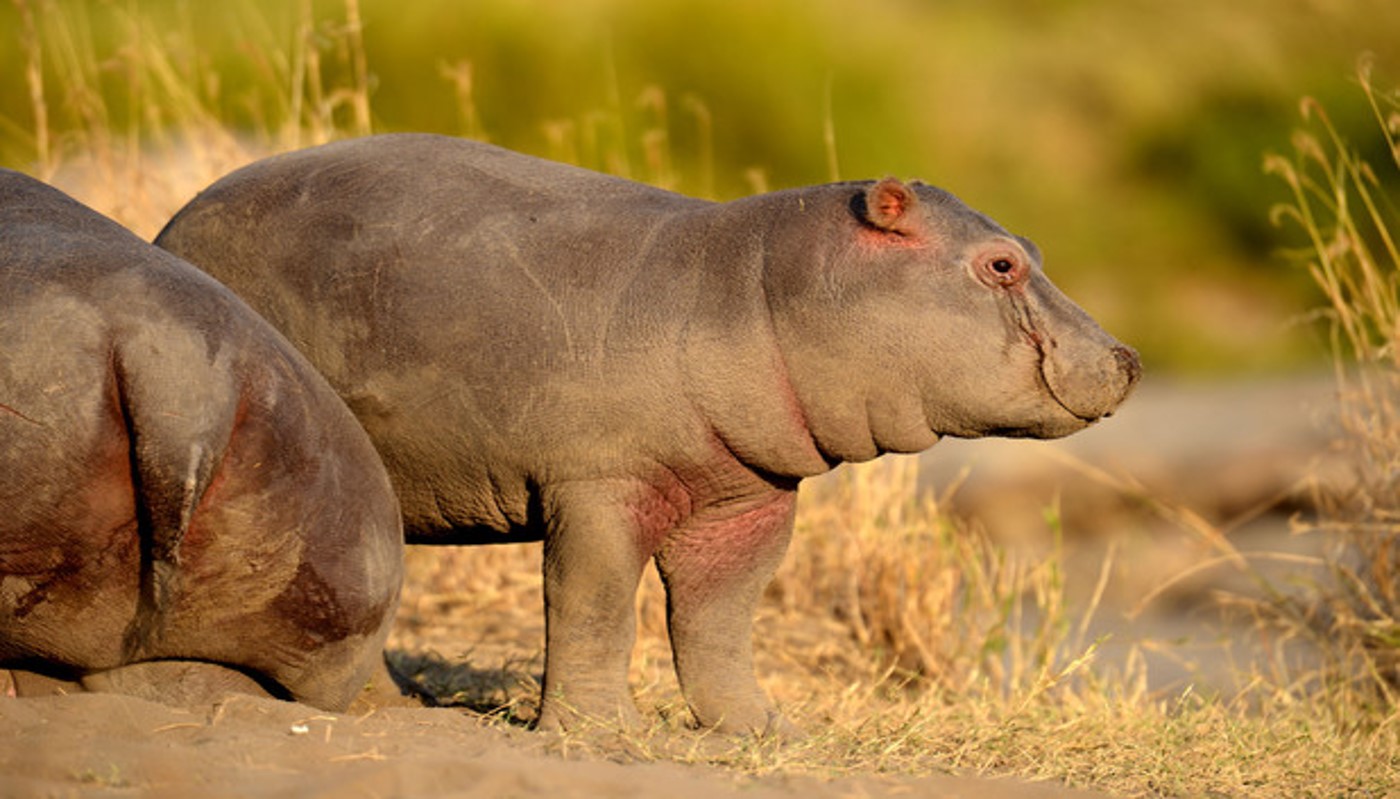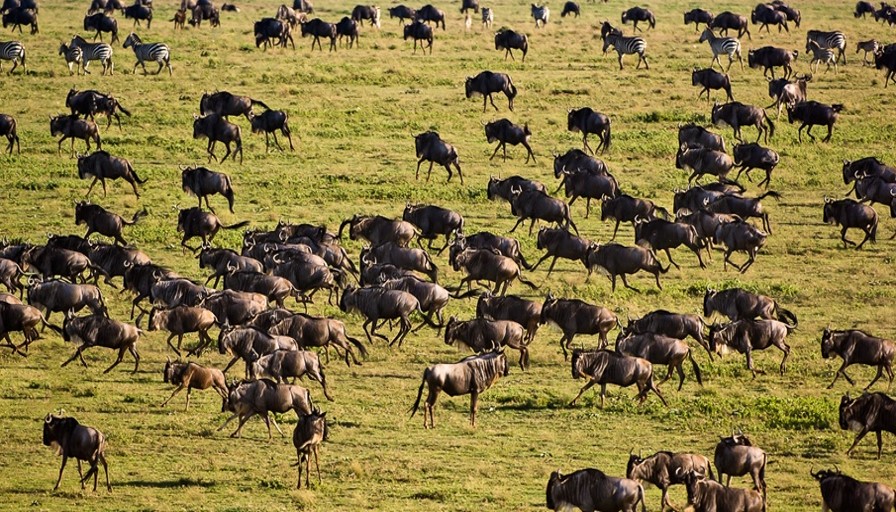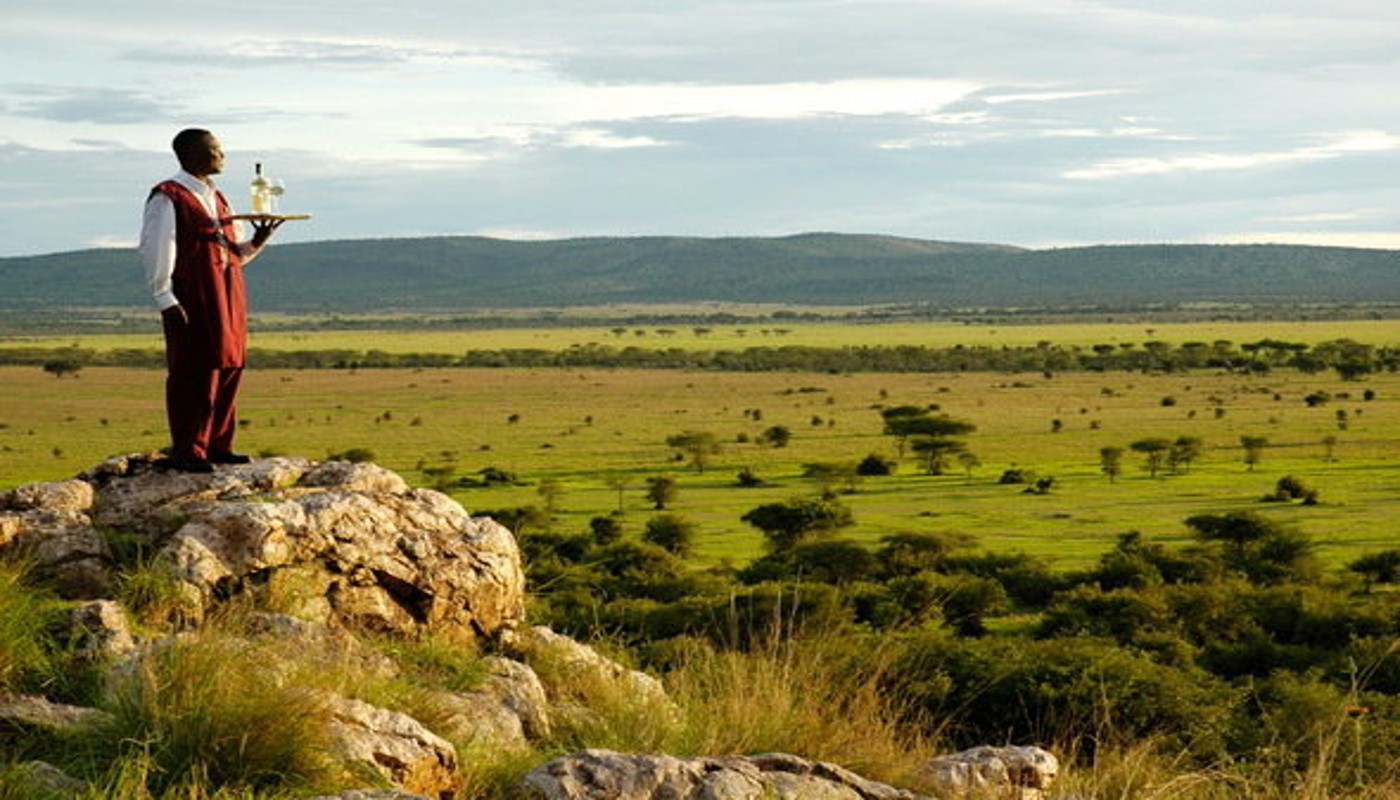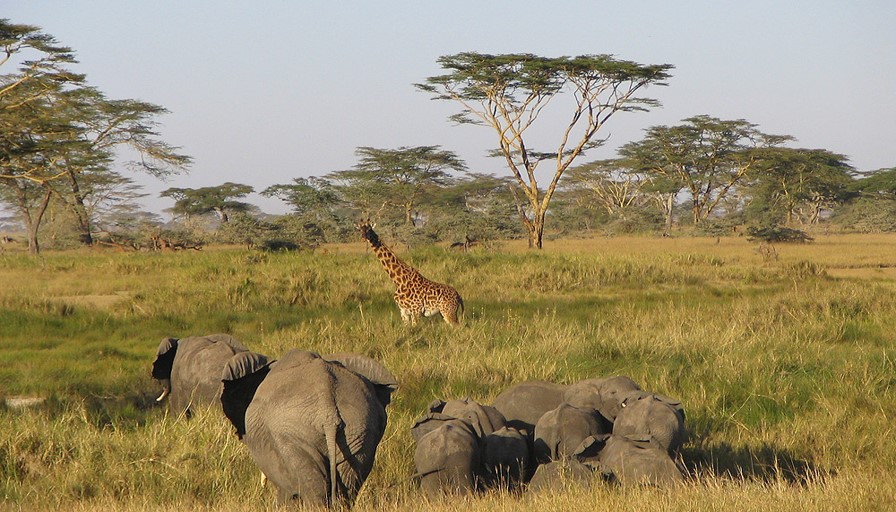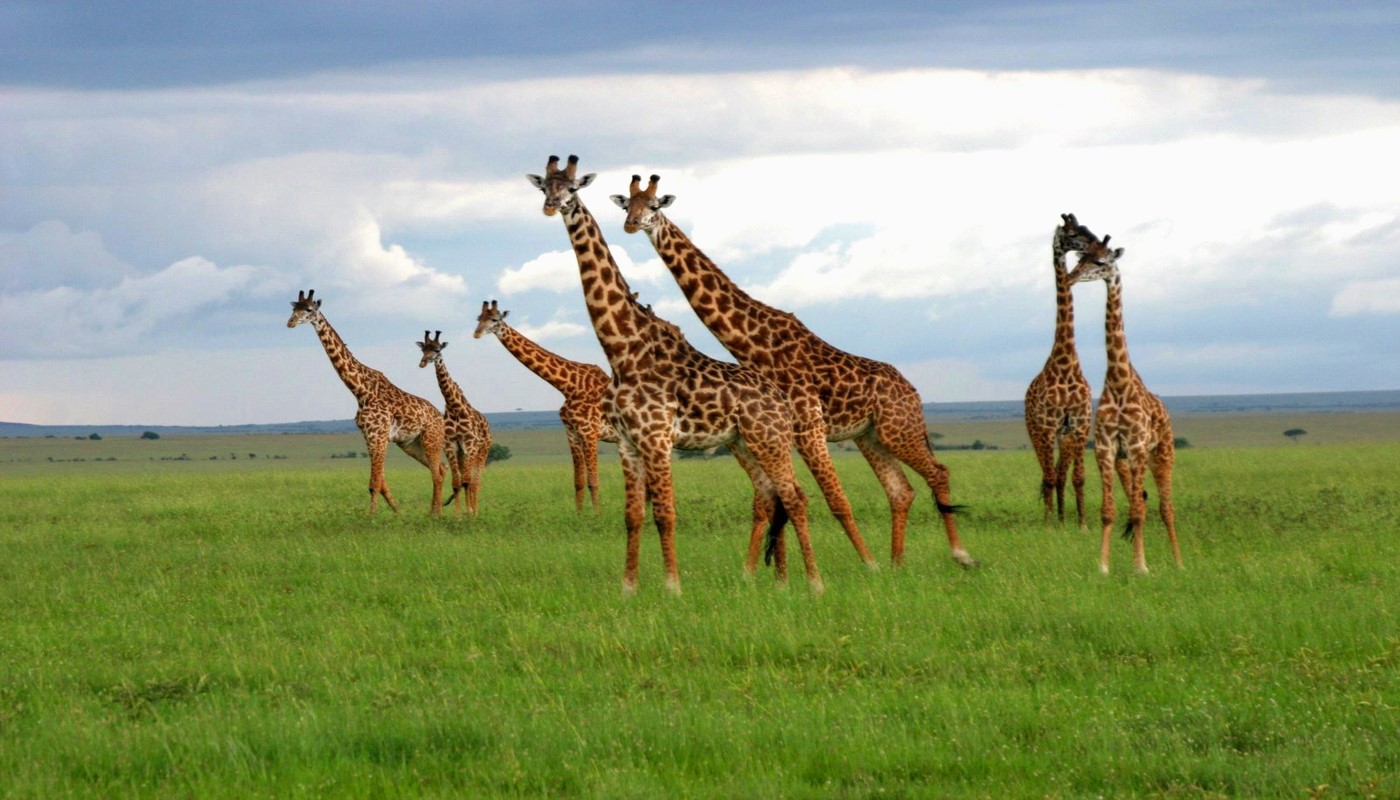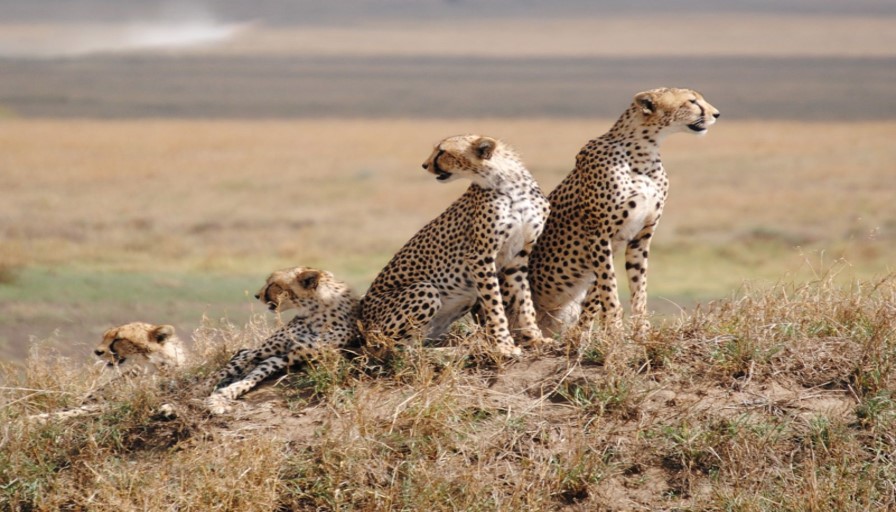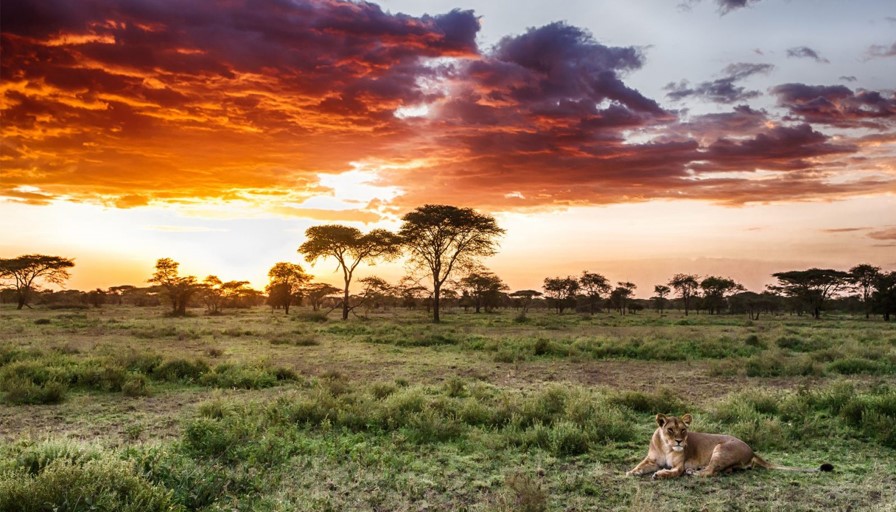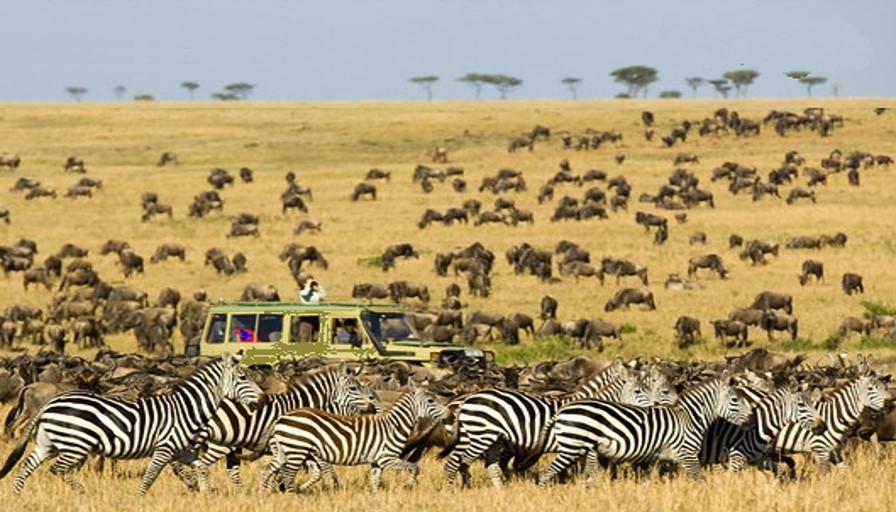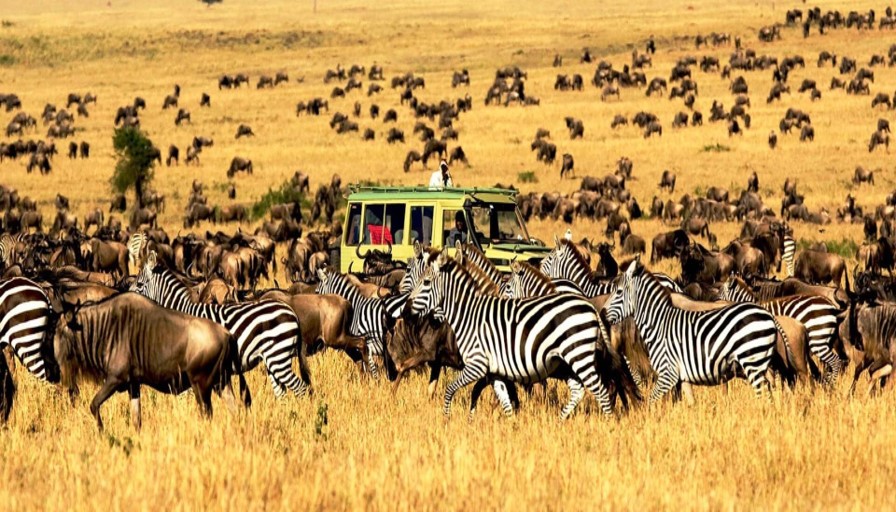Serengeti Park – Rules and Regulations
Serengeti Park is a natural habitat that is protected by the Tanzania Parks Act. Please take careful note of the rules and regulations below to ensure that you are not fined and/or prosecuted.
- The Serengeti Park allows guests to drive their vehicles inside the park between the hours of 6 AM and 6 PM. Guests found driving inside the park outside of these hours may be removed from the park and/or prosecuted.
- Adhere to the 50km/h speed limit. Failure to do so may result in a fine.
- Unauthorized firearms are strictly prohibited.
- Give way to the Animals. The park is their home and they have right of way.
- Never feed the animals. Feeding animals may cause serious disruptions to their natural ability to find food. They may also become dangerous to humans as they lose their fear of humans. This always results in the animal being put down. Feeding animals may result in a fine and/or prosecution.
- Only move along the authorized tracks. People who move along roads and areas which are not designated to guests may be liable to a fine and/or prosecution.
- Leave everything as is. Do not pick any plants, remove any bones or pick up any firewood. Removal of natural items from the park is strictly forbidden and may results in a fine and/or prosecution.
- Camping is only allowed in the designated camping areas.
- Picnicking is only allowed in the designated picnic areas.
- Do not disturb the natural wildlife in any way. Loud noises, throwing objects, loud music and imitating animal sounds are strictly forbidden.
- These include hooting and also throwing items at an animal.
- Littering is strictly prohibited as it can cause various sicknesses, poison or choke the animals. It also adversely affects natural plant growth.
- While on game drive, smoking is prohibited. Please ensure that you dispose of your cigarettes responsibly at your lodge or camp.
- Irresponsible disposal of cigarette buds can cause wild fires.
- Do not light a fire or cause a fire to be lit. If you are camping, ensure that your fire is monitored at all times and extinguish it carefully.
- Only leave your vehicle in designated areas. Do not leave your vehicle when close to any game animal, at least 200 meters for small game and much further for larger game.
- Discourage your game ranger/driver/guide from approaching animals too closely. A good rule of thumb is at least 25 meters away. Some animals such as leopards, cheetahs and lions can be very skittish and approaching too close may result in their abandoning a kill, stop hunting or alter their natural behavior. If you see a guide/driver/game ranger not adhere to this rule, please report them to the first park official that you come across.
- The Serengeti Park is not pet friendly. Any and all pets are forbidden in the park.
- Drones are strictly forbidden. Use of a drone may result in a fine and/or prosecution.
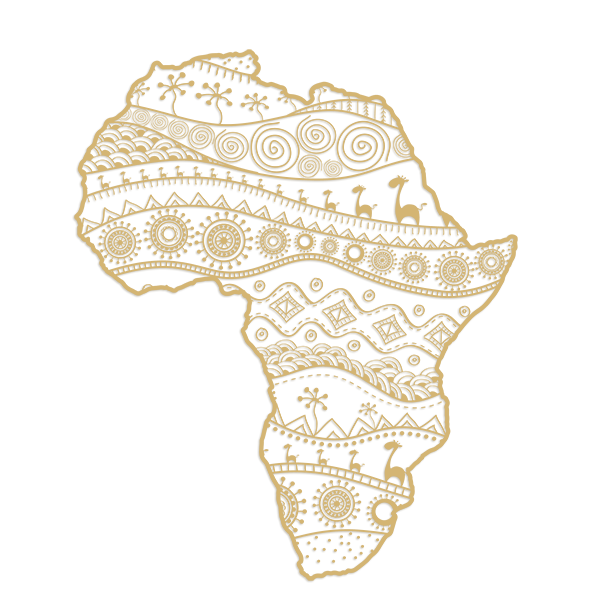


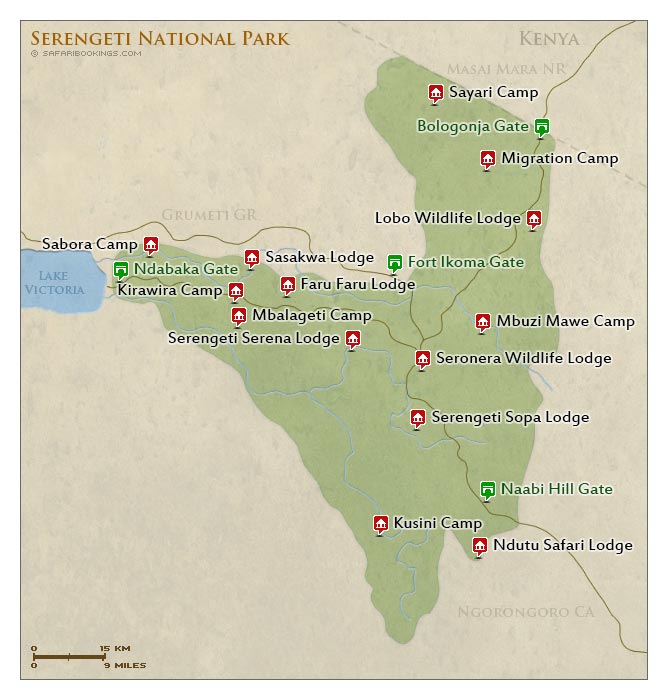
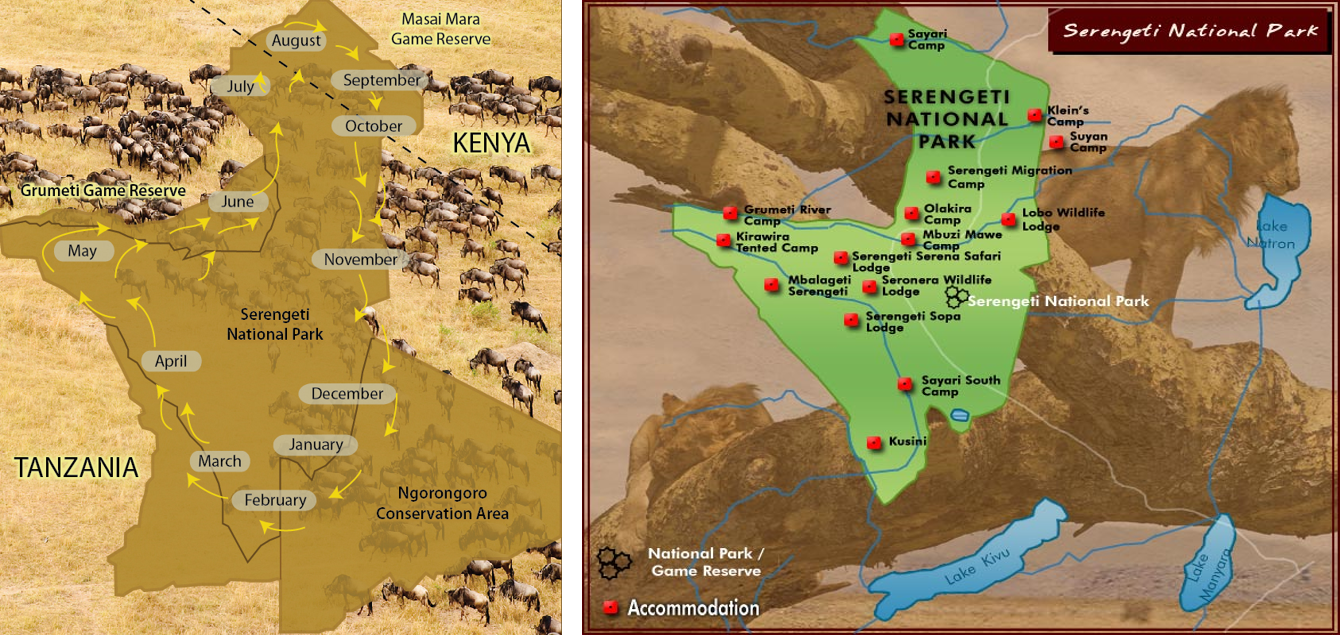
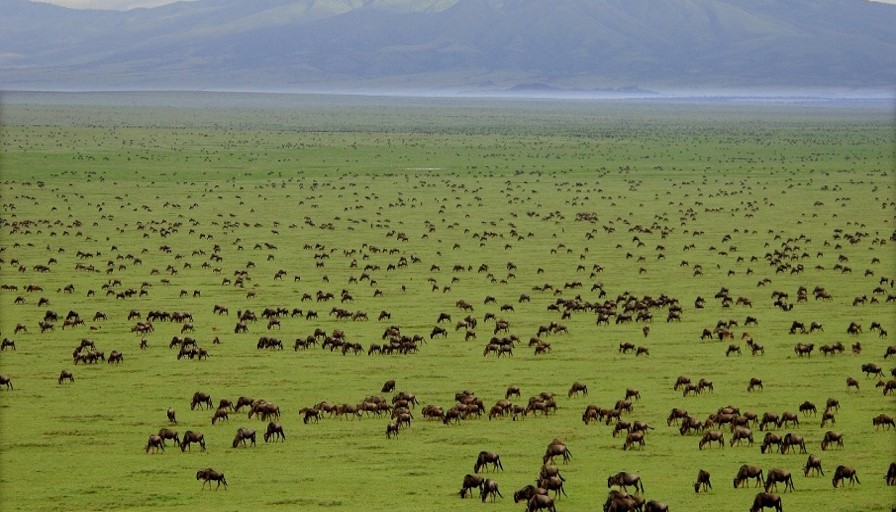
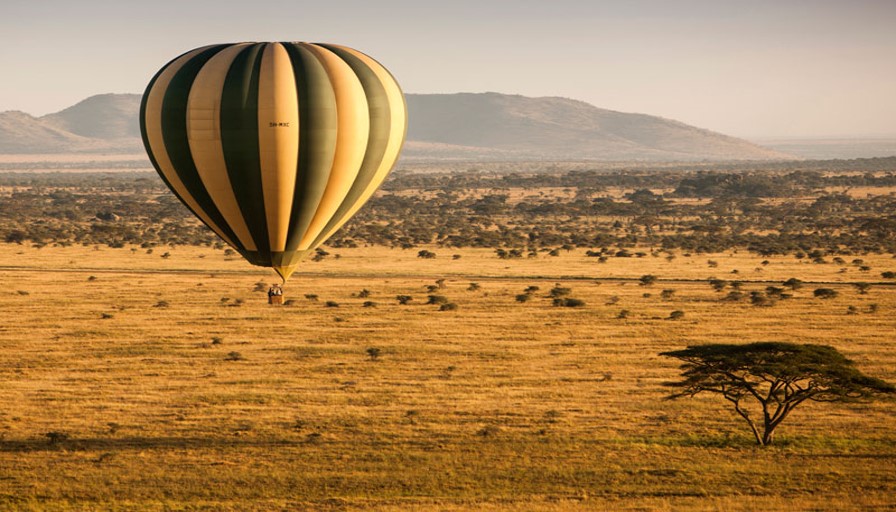
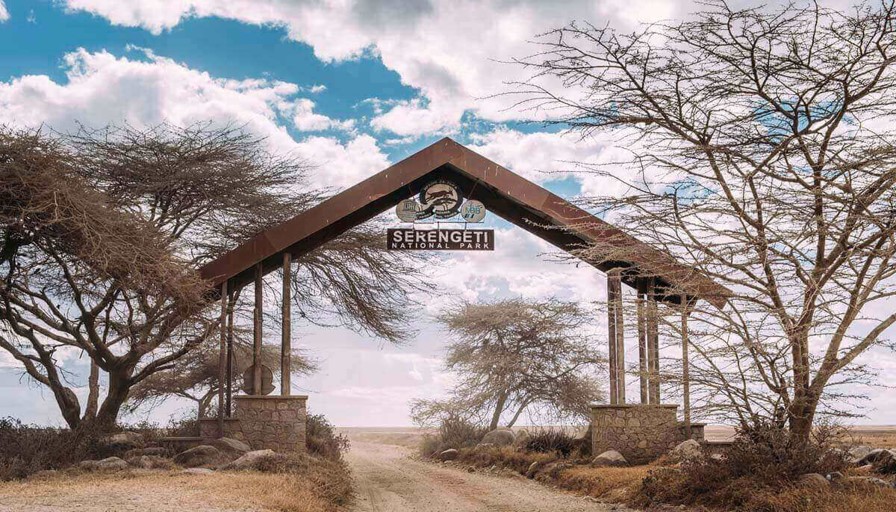

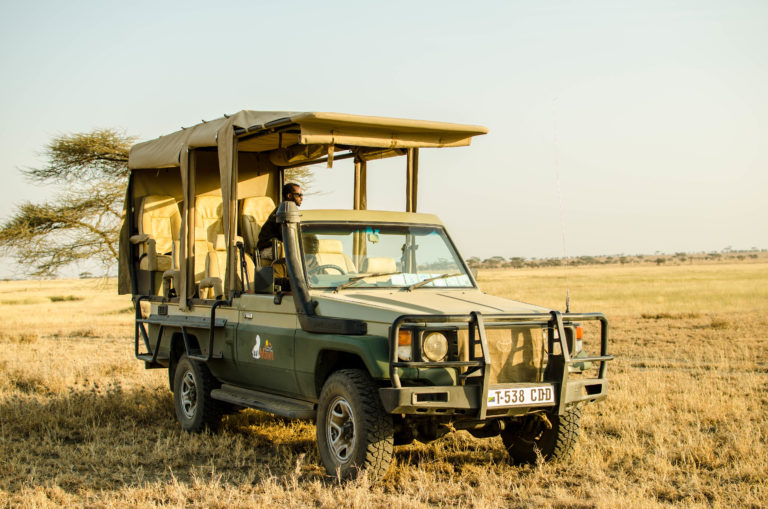

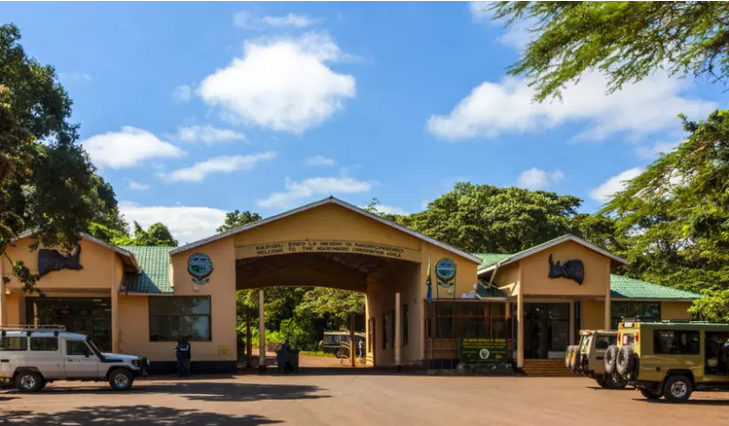 Serengeti Visitor Center features a walking path for self-guided walks where exhibits and detailed signs educate on Serengeti history, its wildlife, and the ecosystem. There’s also a very good chance of spotting wildlife on route and a wealth of smaller critters like vibrant agama lizards and birds. The center also offers a really nice picnic area with tables with thatch umbrellas for shade, washrooms, and a gift and coffee shop at the Seronera Park headquarters. The center is a great place to stretch your legs, burn off some energy, and enjoy some insight into the history of the plains.
Serengeti Visitor Center features a walking path for self-guided walks where exhibits and detailed signs educate on Serengeti history, its wildlife, and the ecosystem. There’s also a very good chance of spotting wildlife on route and a wealth of smaller critters like vibrant agama lizards and birds. The center also offers a really nice picnic area with tables with thatch umbrellas for shade, washrooms, and a gift and coffee shop at the Seronera Park headquarters. The center is a great place to stretch your legs, burn off some energy, and enjoy some insight into the history of the plains. ca’s most renowned tribe because of their villages’ close proximity to many favored game reserves, they’re dedication to traditional practices, and their vibrant and unmistakable attire.
ca’s most renowned tribe because of their villages’ close proximity to many favored game reserves, they’re dedication to traditional practices, and their vibrant and unmistakable attire. ay to see the extensive number of nocturnal animals living throughout the area include aardvarks, civets, bush babies, nightjars (birds), and maybe even some hunting predators (now that’s an incredible sight!).
ay to see the extensive number of nocturnal animals living throughout the area include aardvarks, civets, bush babies, nightjars (birds), and maybe even some hunting predators (now that’s an incredible sight!).
